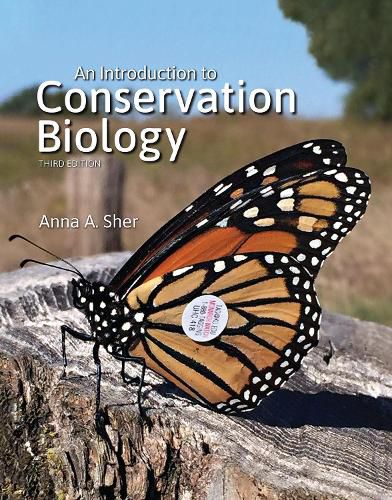Readings Newsletter
Become a Readings Member to make your shopping experience even easier.
Sign in or sign up for free!
You’re not far away from qualifying for FREE standard shipping within Australia
You’ve qualified for FREE standard shipping within Australia
The cart is loading…






An Introduction to Conservation Biology is the only text designed for both aspiring conservation biologists and non-majors who are interested in this topical field, providing up-to-date perspectives on high-profile issues such as sustainable development, global warming, and strategies to save species on the verge of extinction. The book focuses successively on biological diversity and its value; threats to biological diversity; conservation at the population and species levels; protecting, managing and restoring ecosystems; and sustainable development. Each chapter is beautifully illustrated in full color with diverse examples from the current literature. Chapters begin with guiding conservation biology principles and end with study aids such as summaries, an annotated list of suggested readings, and discussion questions. Throughout, the authors maintain a focus on the active role that scientists, local people, conservation organizations, government, and the general public play in protecting biodiversity, even while providing for human needs.
$9.00 standard shipping within Australia
FREE standard shipping within Australia for orders over $100.00
Express & International shipping calculated at checkout
An Introduction to Conservation Biology is the only text designed for both aspiring conservation biologists and non-majors who are interested in this topical field, providing up-to-date perspectives on high-profile issues such as sustainable development, global warming, and strategies to save species on the verge of extinction. The book focuses successively on biological diversity and its value; threats to biological diversity; conservation at the population and species levels; protecting, managing and restoring ecosystems; and sustainable development. Each chapter is beautifully illustrated in full color with diverse examples from the current literature. Chapters begin with guiding conservation biology principles and end with study aids such as summaries, an annotated list of suggested readings, and discussion questions. Throughout, the authors maintain a focus on the active role that scientists, local people, conservation organizations, government, and the general public play in protecting biodiversity, even while providing for human needs.